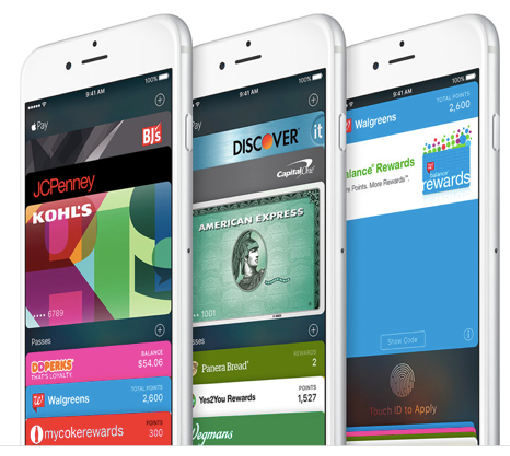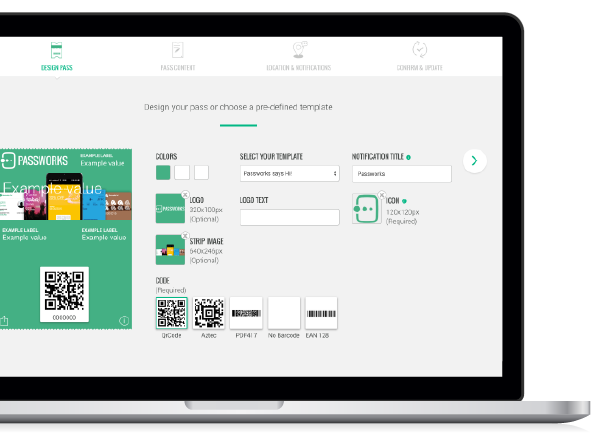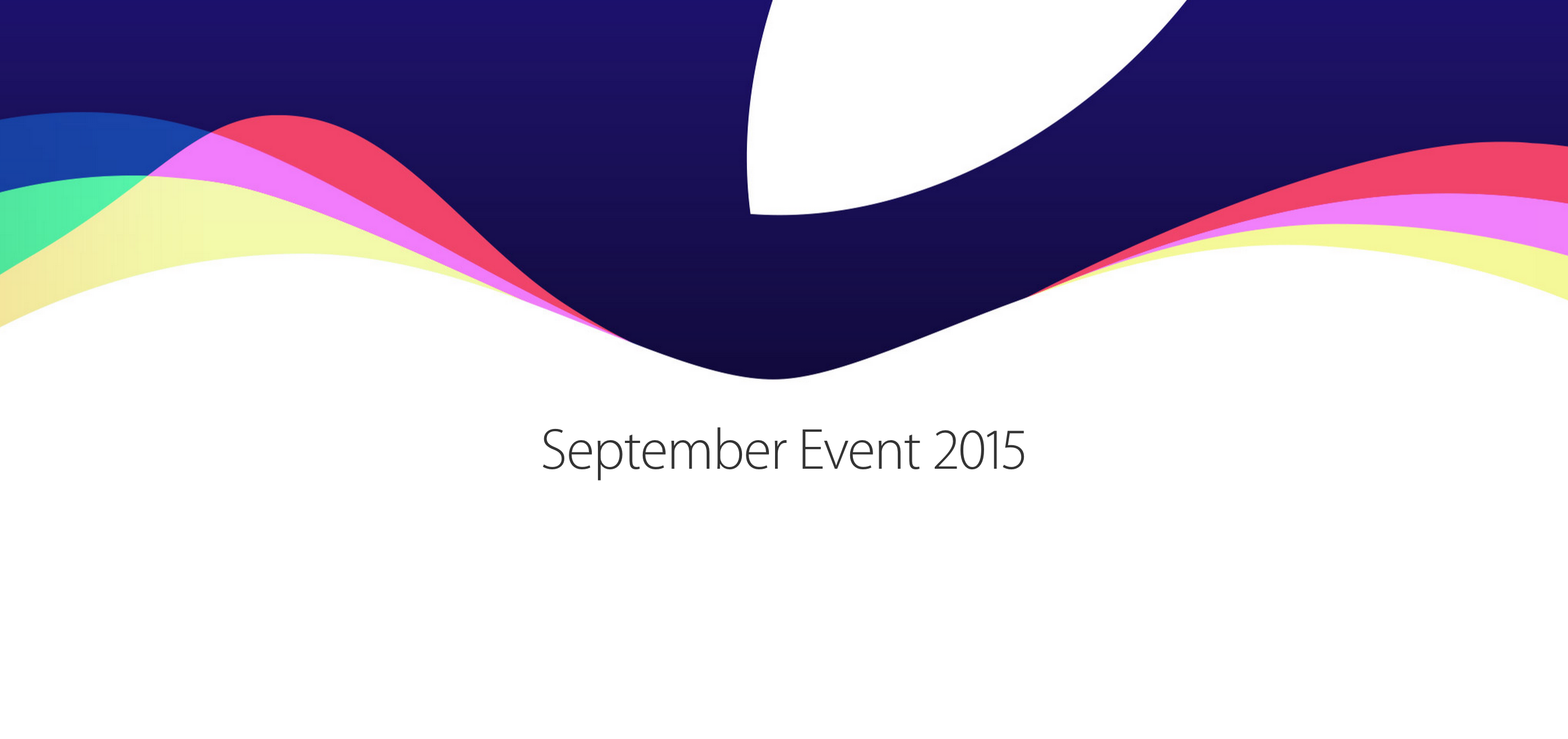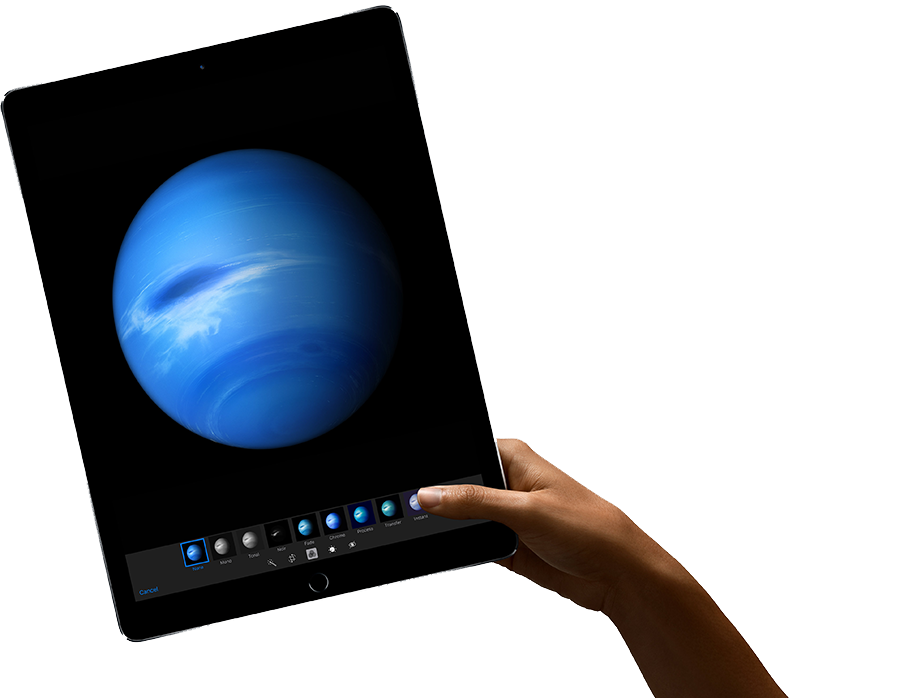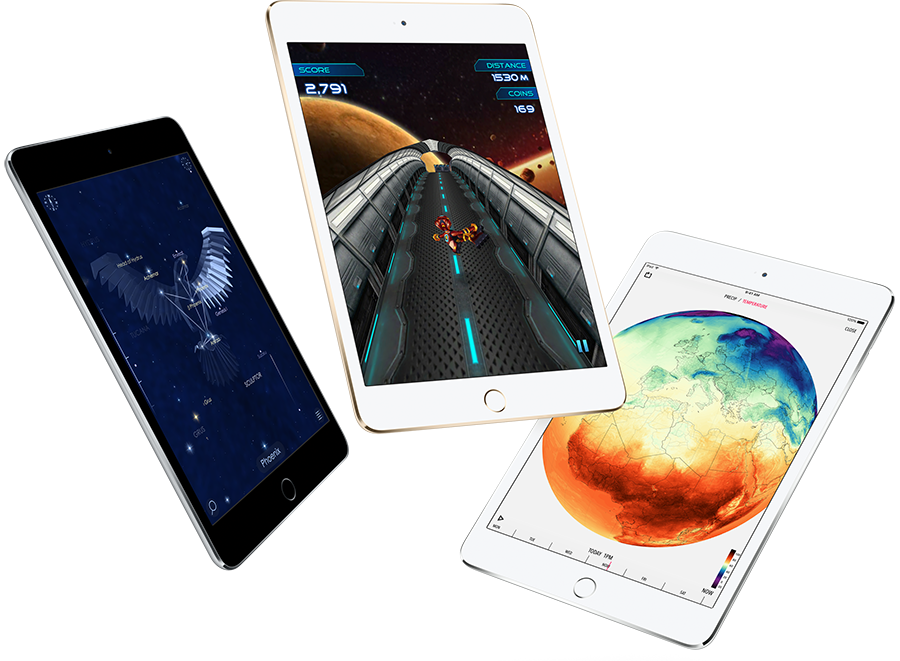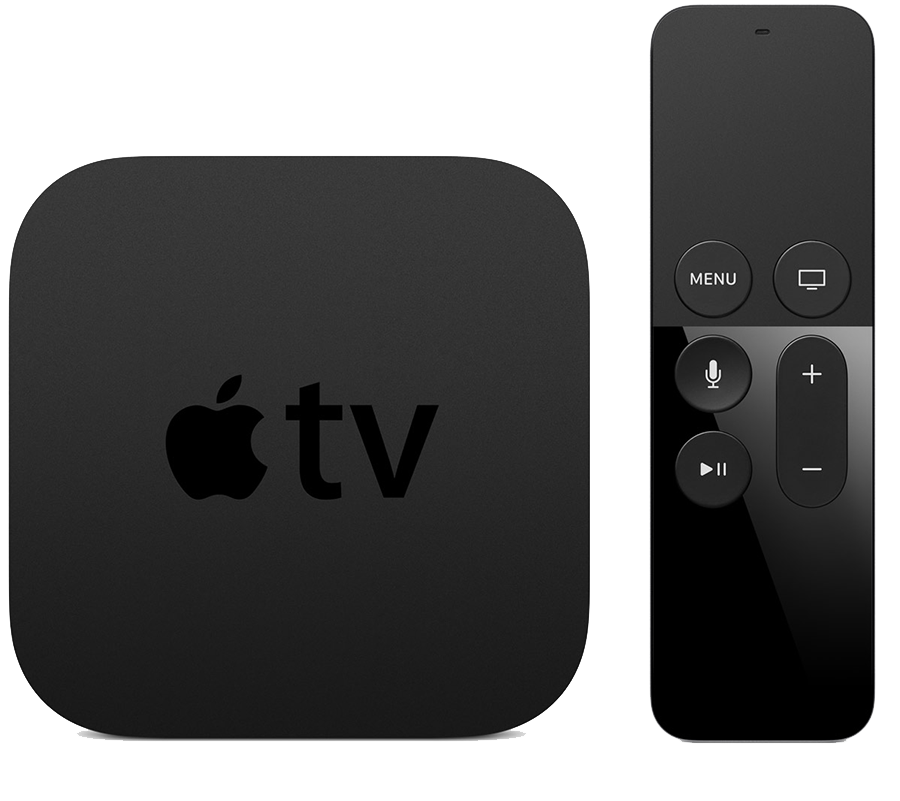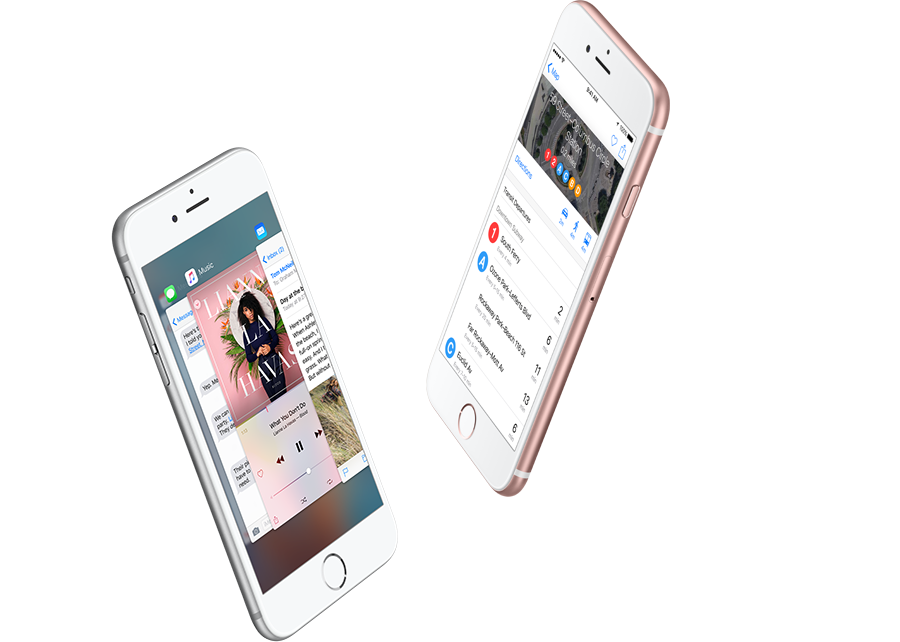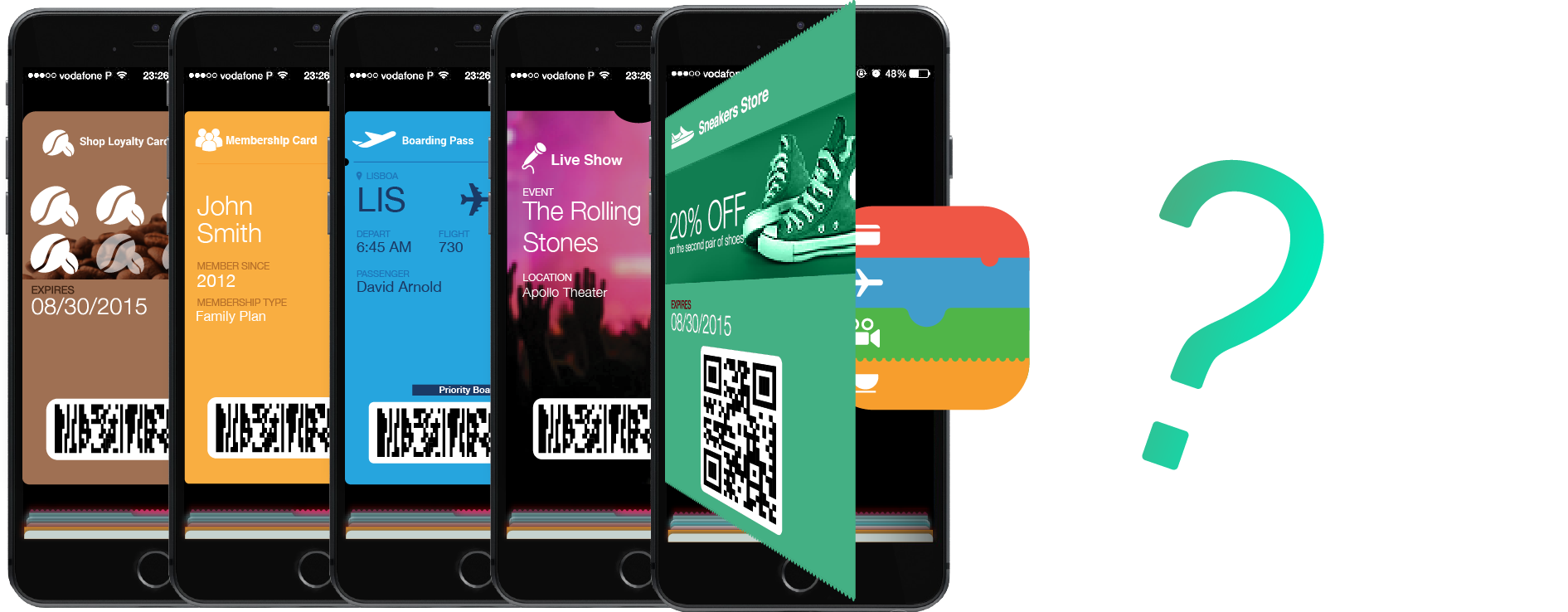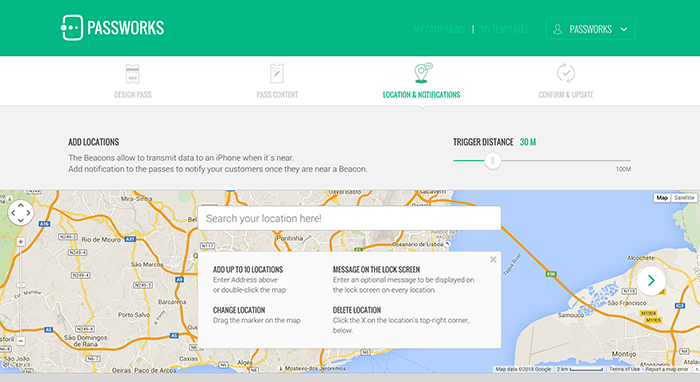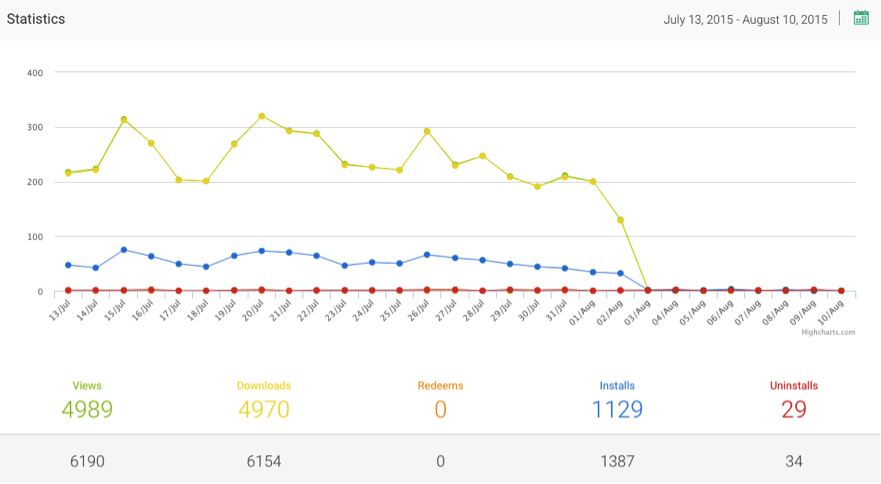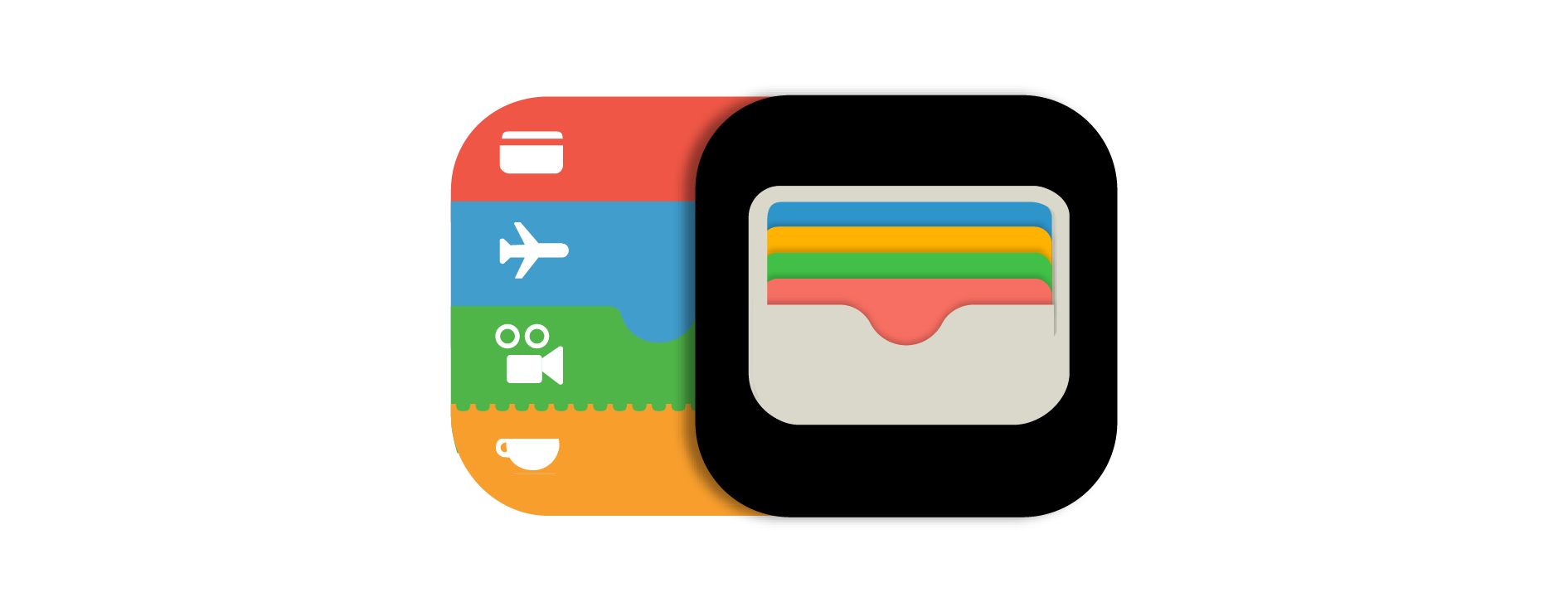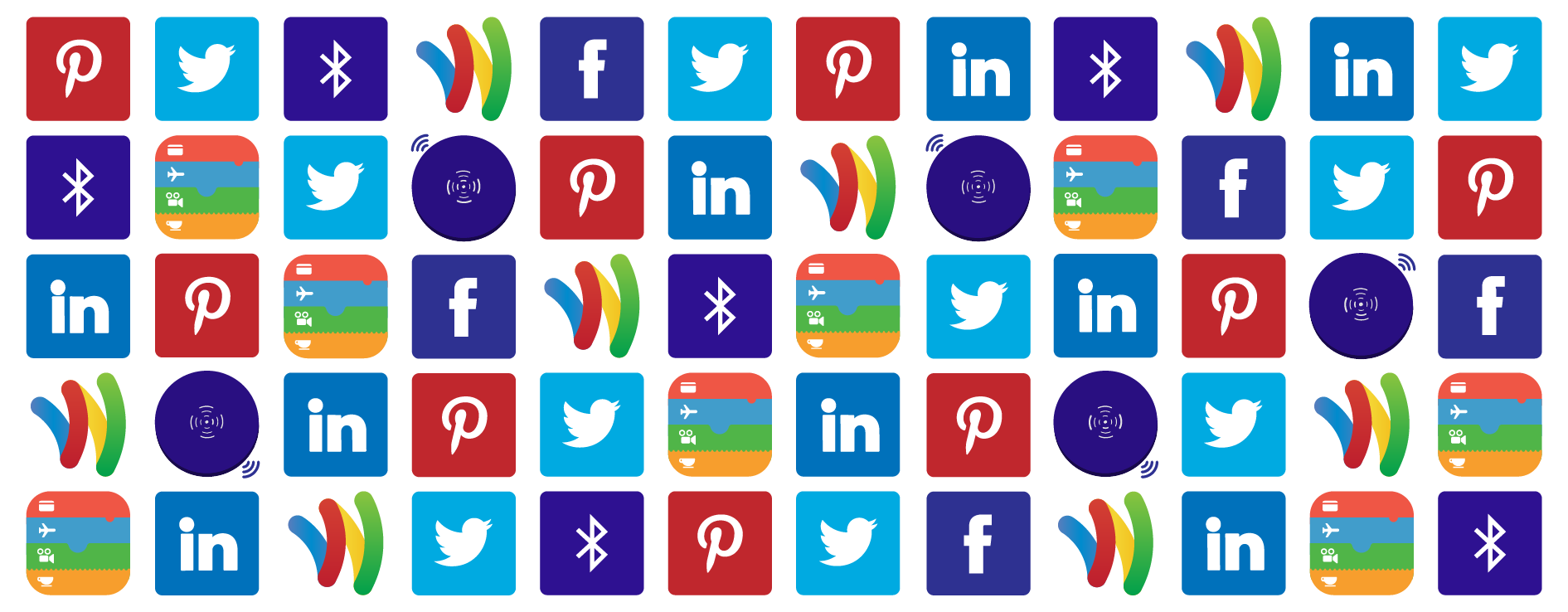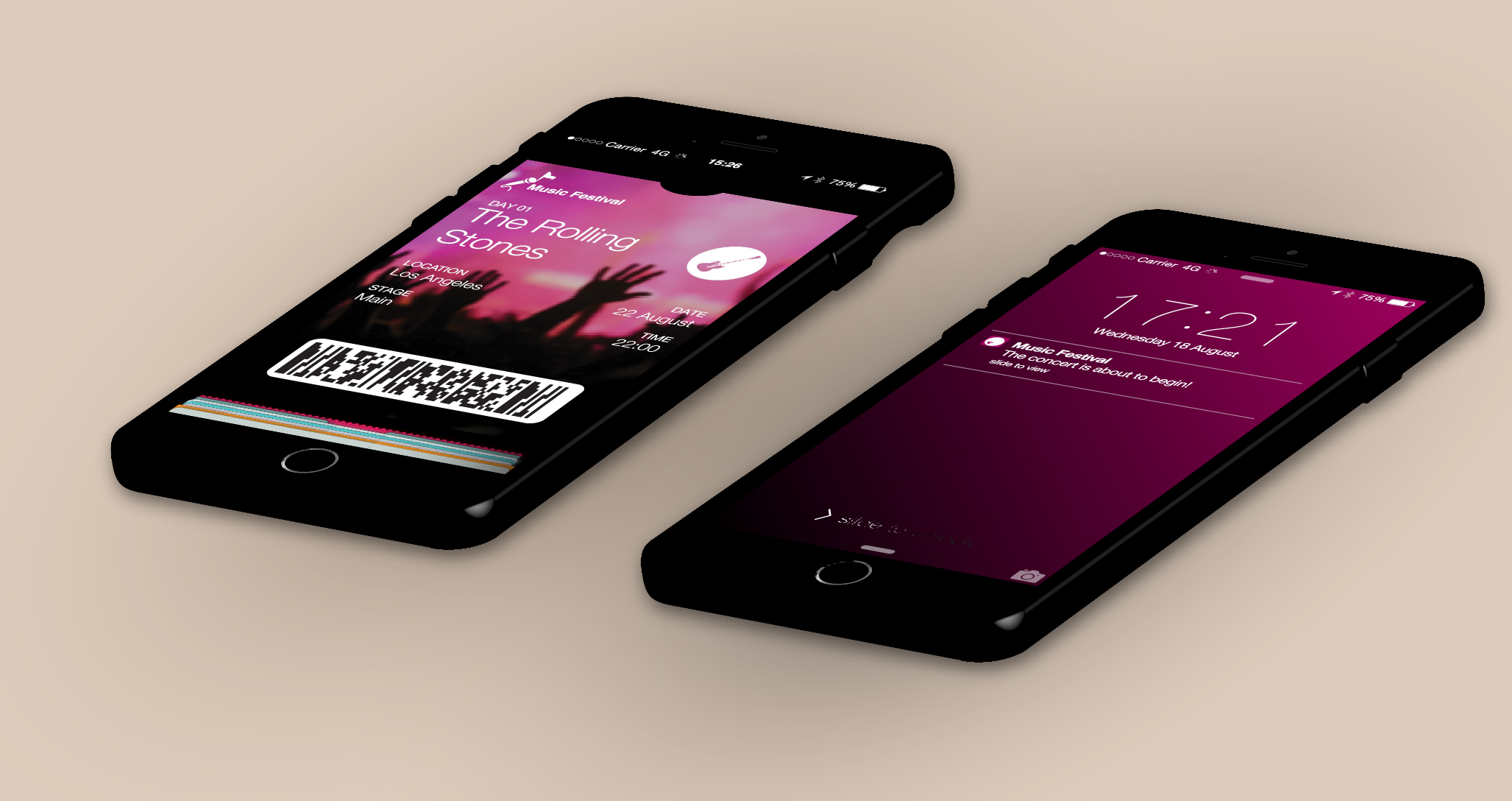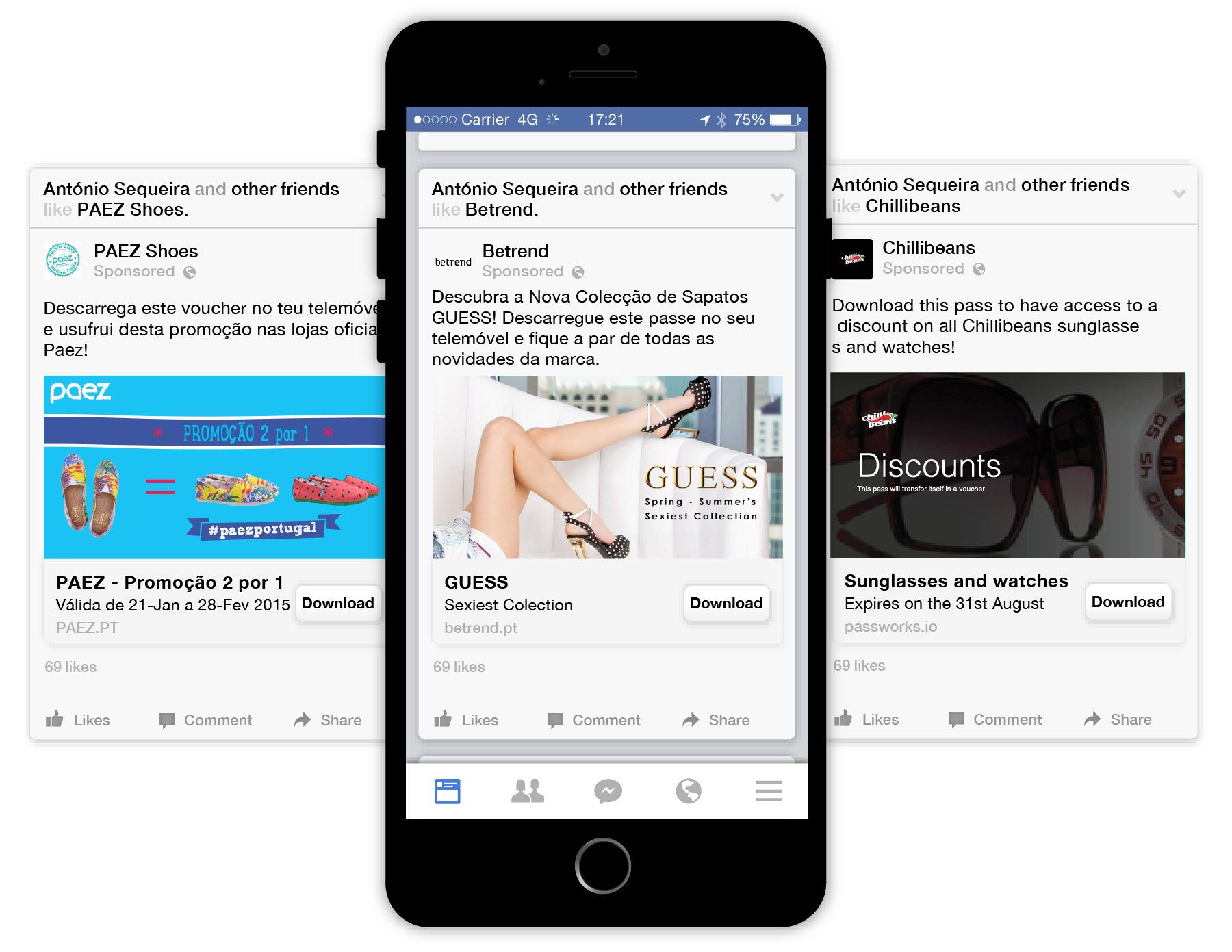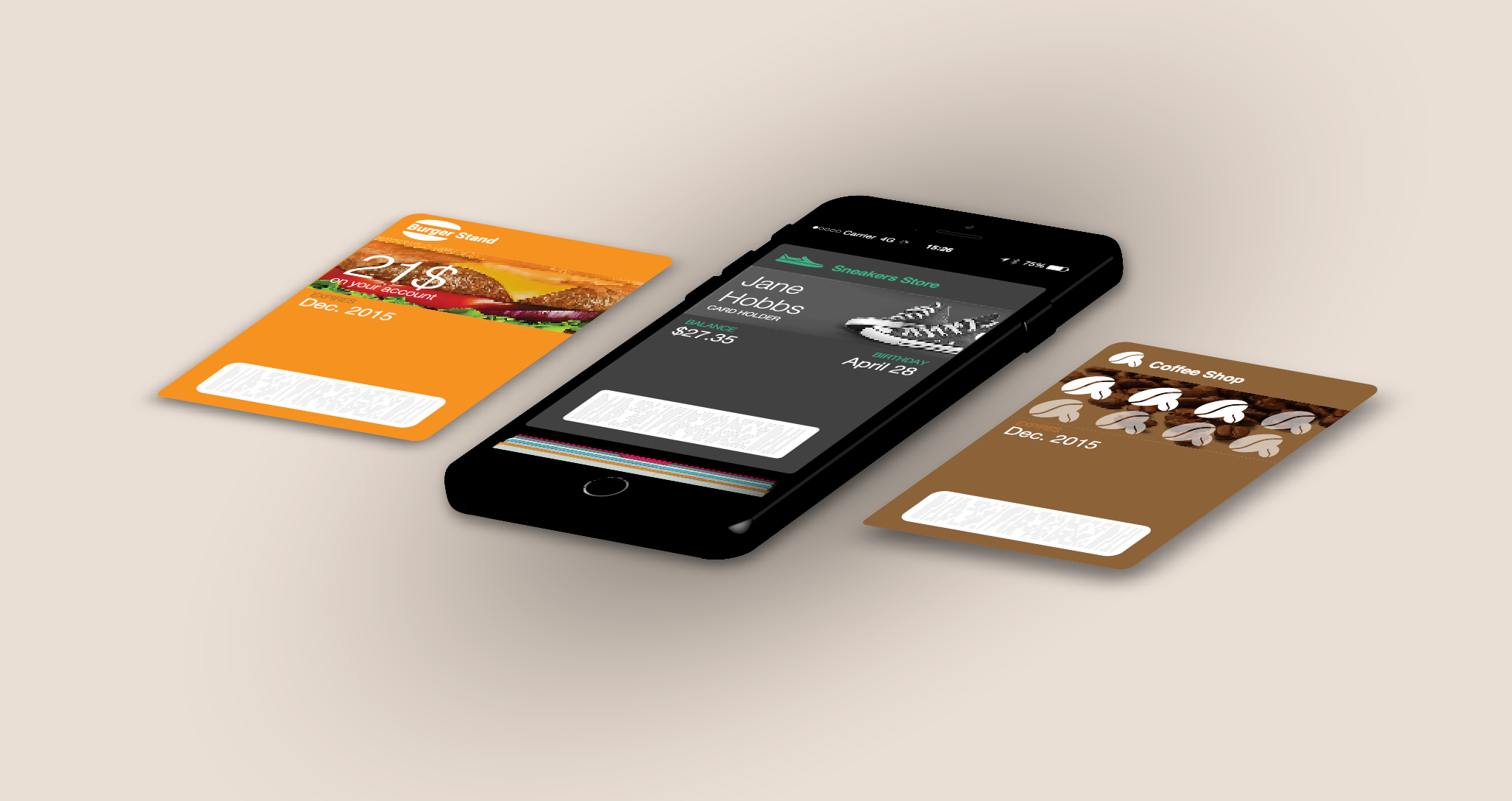The new iOS 9 is here and running on your iPhone, bringing impressive new features and refinements at every level. With iOS 9, Passbook has been rebranded as Apple Wallet, bringing the whole mobile wallet concept into your iPhone.
What´s new on Apple Wallet?
-
 From Passbook to Apple Wallet
From Passbook to Apple Wallet
The evolution of Passbook to Wallet offers full Apple Pay integration bringing to front and center the idea of a wallet on your phone, allowing iPhones to make secure and effortless payments at contactless points of sale, by combining ground-breaking NFC technology and Touch ID. Currently, Apple Pay is already available in the US and UK.
Passbook already allowed to store your boarding passes, tickets, rewards cards, and more. With Apple Wallet, exists a new intelligence layer, which means that passes and Apple Wallet will better work together to provide users a more convenient system for coupons and digital loyalty cards.
With the help of Apple Wallet, Apple Pay will know exactly what card you need when you are in a store and automatically presents the right option. These new features are already being supported by Dunkin´Donuts, Walgreens Balance Rewards, MyPanera, among others. Soon, you will also be able to use your store credit cards whilst getting all the benefits by using Apple Pay.
This integration between Apple Pay and Wallet creates an opportunity for brands that invest in mobile wallet marketing because these digital coupons, store cards and loyalty cards will become much more relevant. With Passworks, you can easily integrate your loyalty or store cards with Apple Wallet.
-
Passes supporting EAN 128 Barcode (1D Barcode)
One of the biggest changes with iOS is that it allows the usage of 1D barcodes with the support of the EAN 128 barcode format. This was one of the retailers’ major requests, due to most of them only having 1D-capable barcode readers, which would imply an investment into 2D-capable barcode readers, if 1D was not supported.
Passworks has already upgraded its platform to allow for the creation of passes that leverage the 1D barcode format. Now, customers can create passes with the EAN 128 barcode for iOS 9 and above users, while choosing a fallback barcode for users with iOS 8 and below, which cannot display 1D barcodes.
-
Integration of mobile wallet content with iAD
Another great news for marketers is that Apple Wallet will now allow companies to send mobile wallet content through iAD, Apple’s mobile advertising platform. This new functionality is called Offers.
As mentioned on Apple iAD news, “Offer is a suite of services for marketers who want to develop customized dynamic messages, such as mobile coupons, that consumers can save to Apple Wallet, which is pre-installed in every iPhone”.
Currently, using Passworks platform, marketers can already distribute their mobile wallet content to their target audience through their ad campaign on Facebook or Twitter, via email or messages. With this feature, consumers can easily add their Pass into Apple Wallet by just clicking a button.
Learn more on how you can start using mobile wallets for your business and engage with your consumers in real-time, with location relevant targeting, here.

